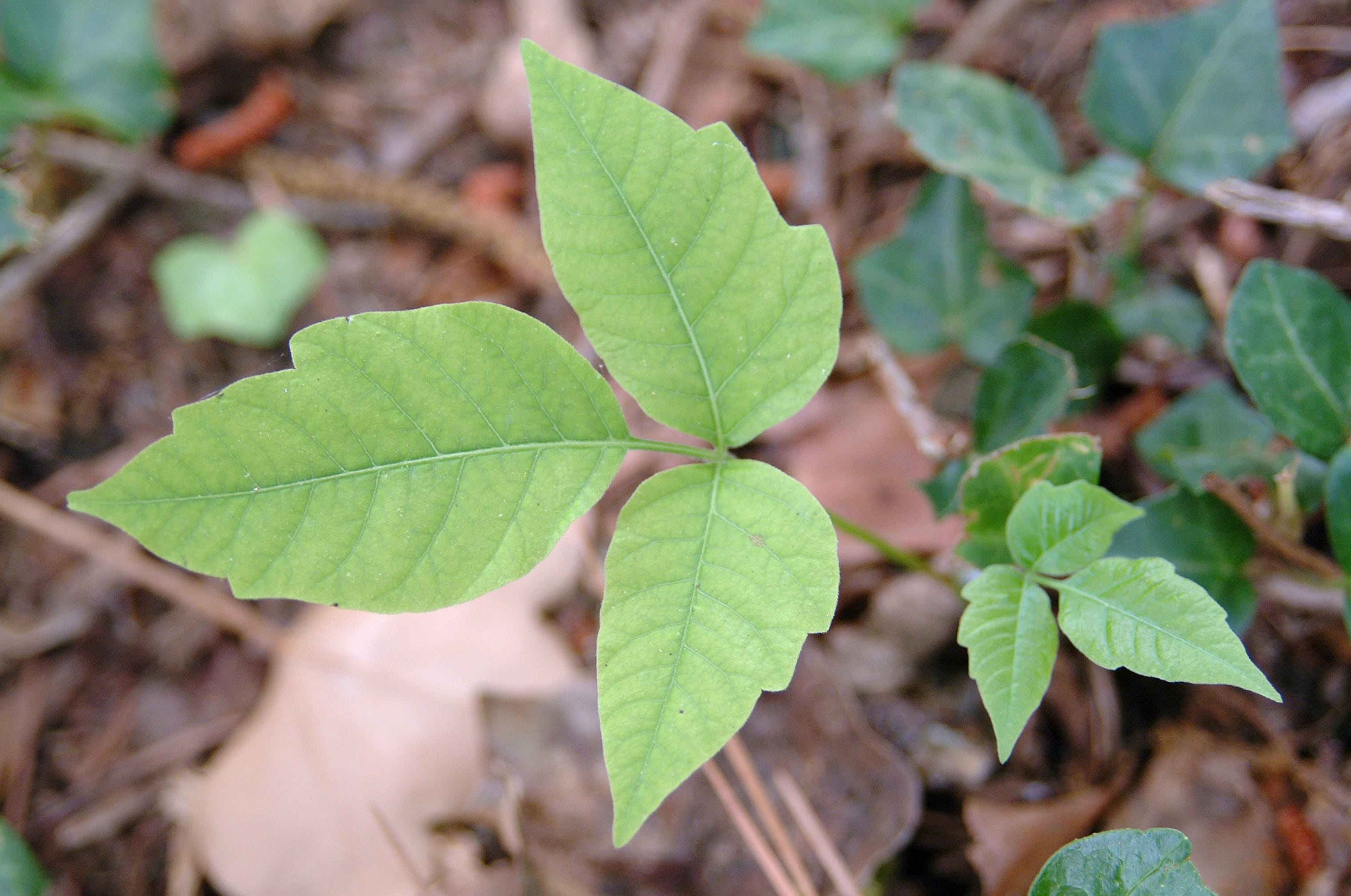

Poison ivy always grows in leaves of three. The oil, urushiol, contained in this plant is what gives the leaves a glossy, waxy appearance. In the fall their leaves turn reddish orange. From spring to summer you can find their leaves shiny green. The leaves are bigger at the base of the plant. The middle leaflet has a longer stem than the two side ones. Poison ivy leaves are alternate, meaning that they alternate growing on the right side, then the left side, of the main vine. The leaflets are most commonly toothed or lobed, but can also be smooth-edged. Poison ivy has compound leaves, which means that each leaf is comprised of three leaflets. The leaves are one of the best ways to identify poison ivy. Let's take a look at the different parts of the poison ivy plant. Eventually, you can even develop an intuitive sense for it, as many of us have. With practice over time, you'll get really good at spotting it when you are out and about. However, by doing some studying right now you can shorten your learning curve for identifying it in the field. To the untrained eye, the poison ivy plant ( Toxicodendron radicans) can often be difficult to notice as you're walking around in the woods.


 0 kommentar(er)
0 kommentar(er)
